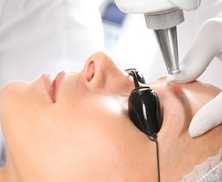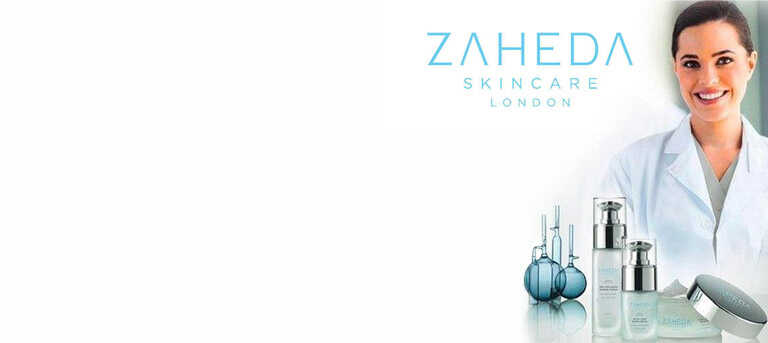Birthmarks can appear in a variety of hues, colours and shapes. From brown to blue, purple and red, these marks tend to differ greatly from the tone of the surrounding tissue.
They can take on a number of forms and sizes; some are flat and some are raised, and they can vary considerably in the area of skin they affect.
Birthmarks can also appear on any part of the body, although the face is often affected, which can make the mark very noticeable.
These marks are usually on the skin before or very soon after birth, and although they may change in appearance over time, they are unlikely to disappear of their own accord.
Unfortunately, they can be a source of emotional distress, both to the growing child and to the parents. A prominent birthmark can cause strangers to stare and classmates to tease and the effects of this can be detrimental to a child’s emotional and social development.
Treatment can help, however, and birthmark removal is particularly effective the earlier it is undertaken. Babies as young as two months can be treated, thus obtaining optimum results and avoiding any emotional damage to the child.































